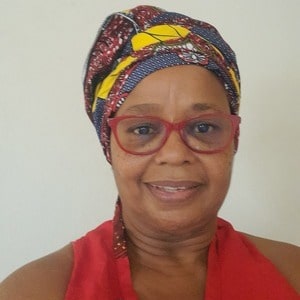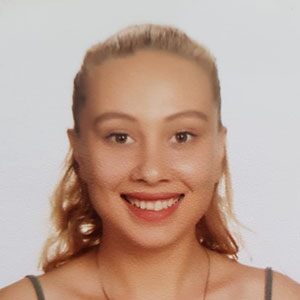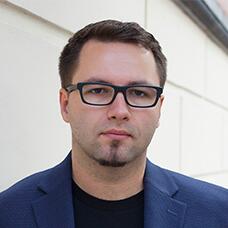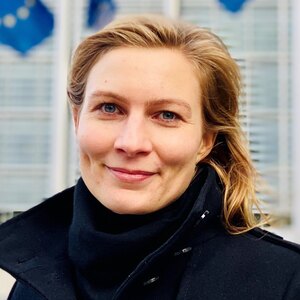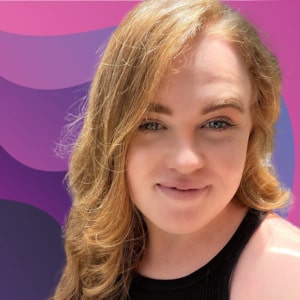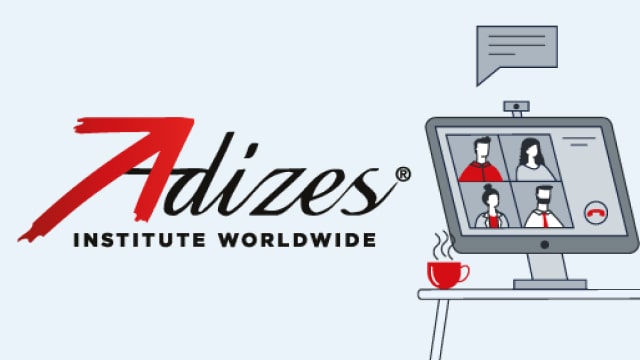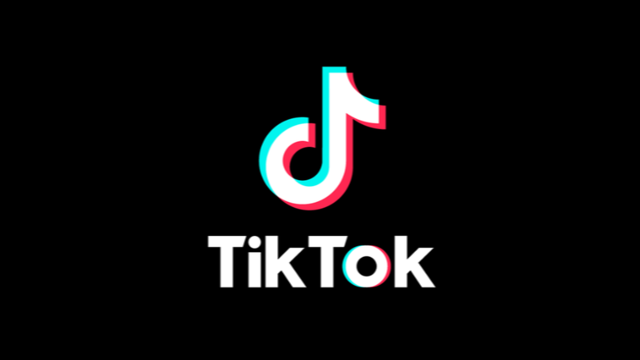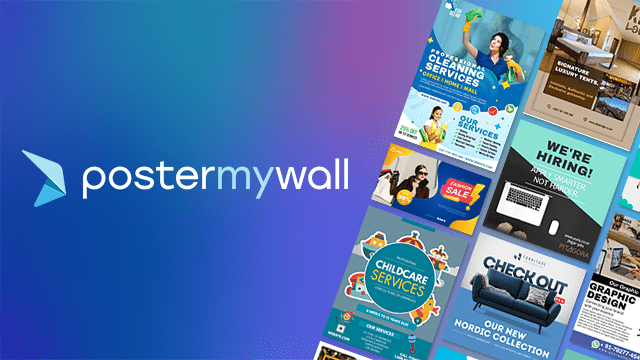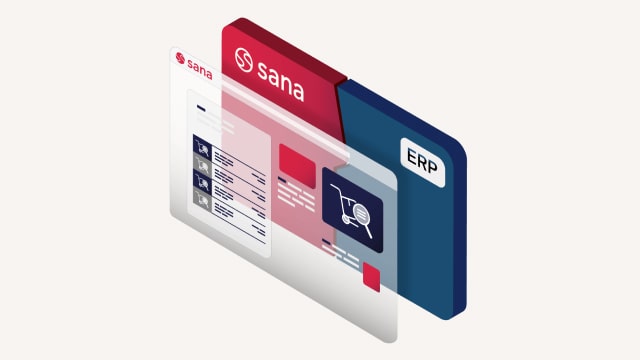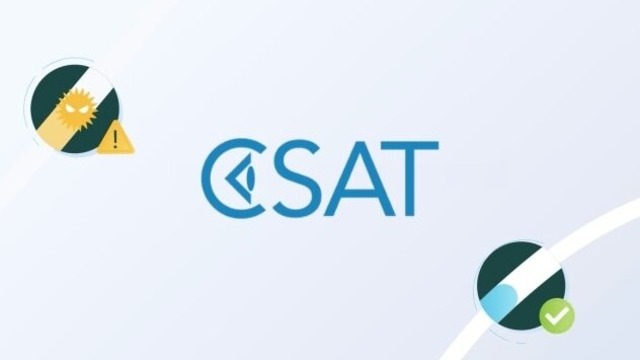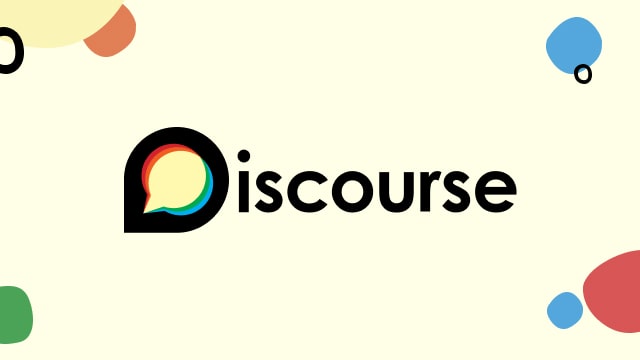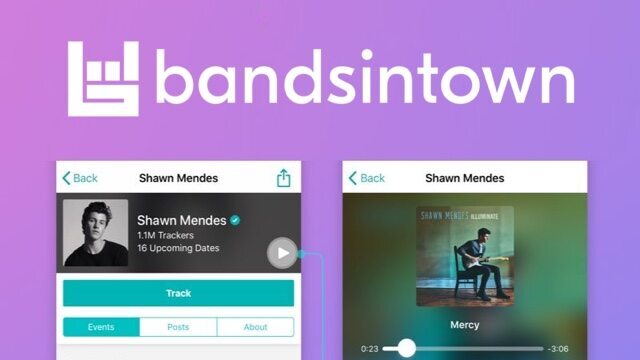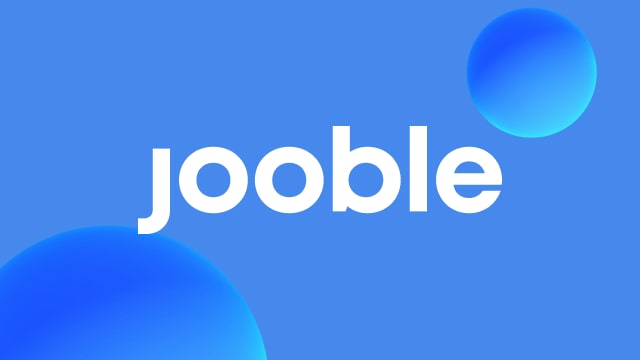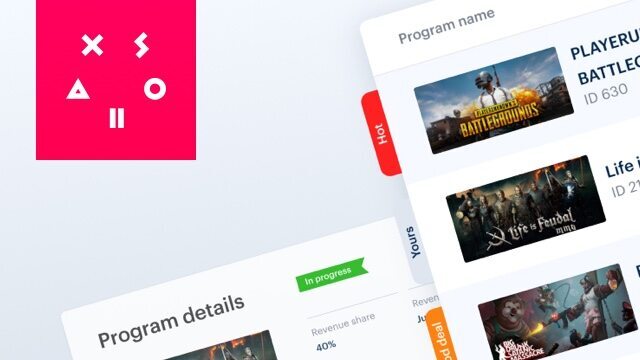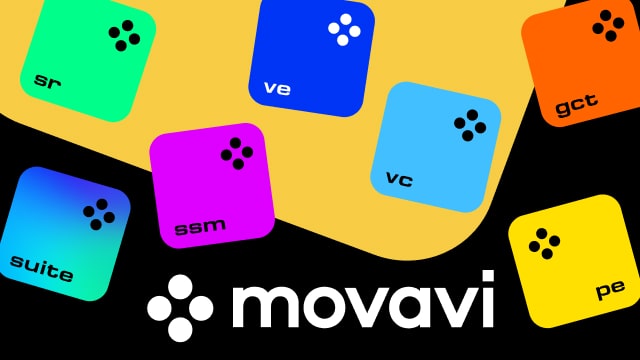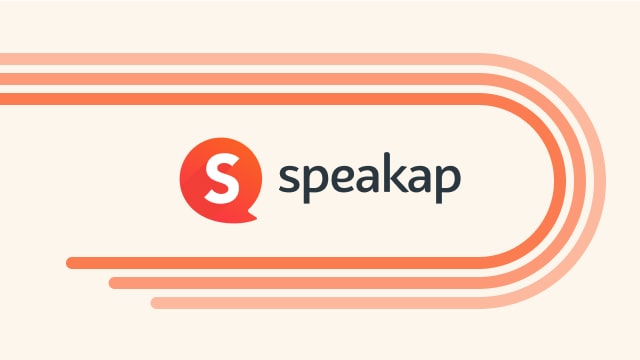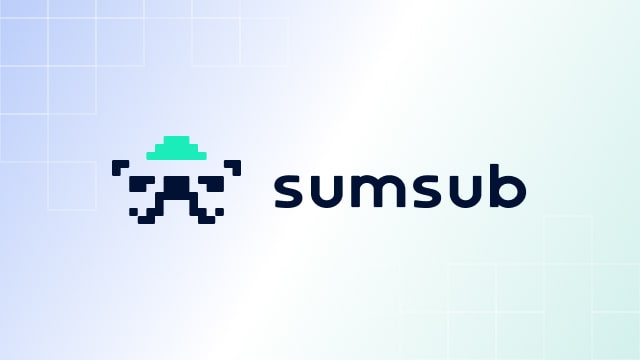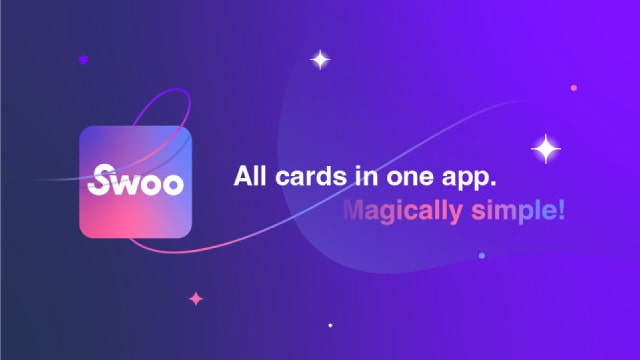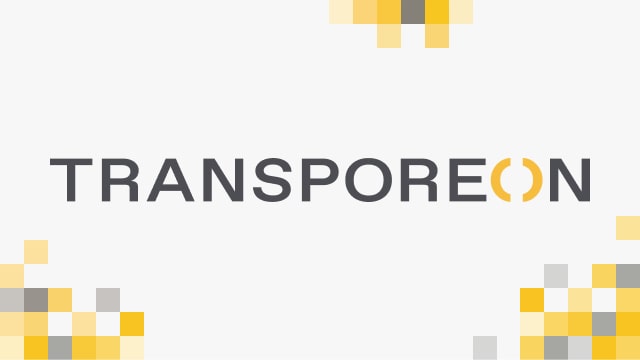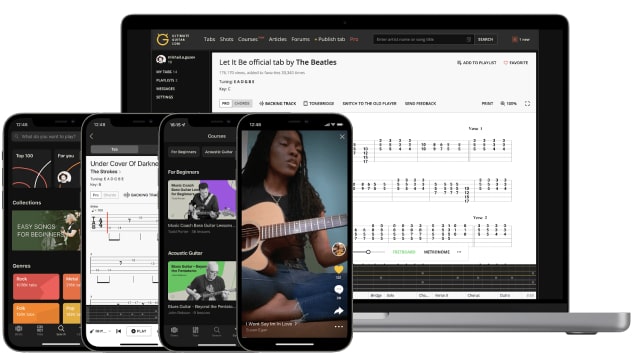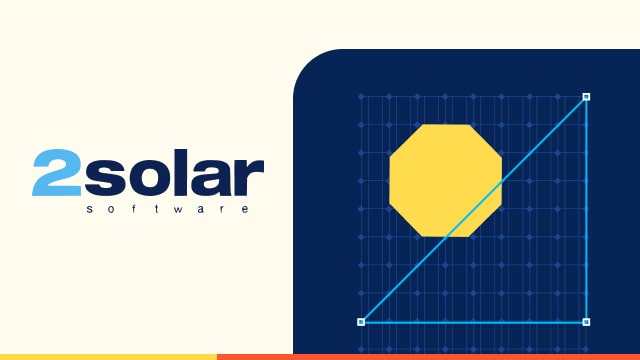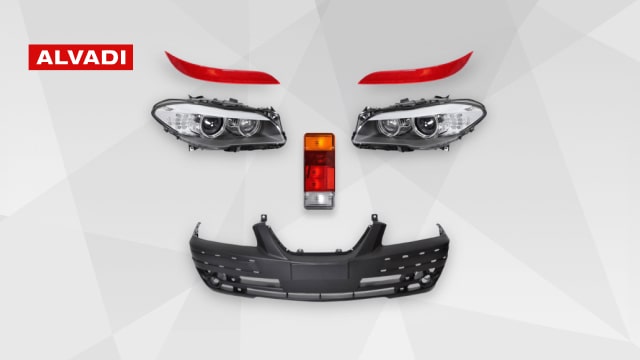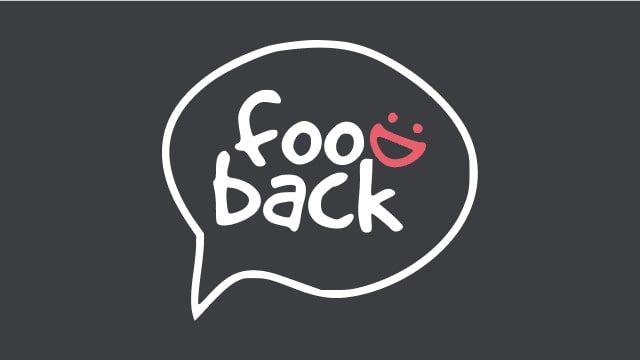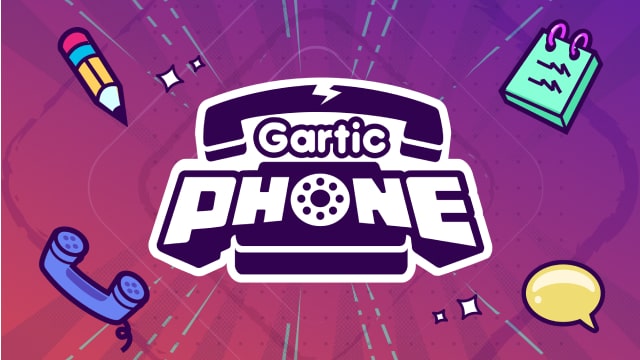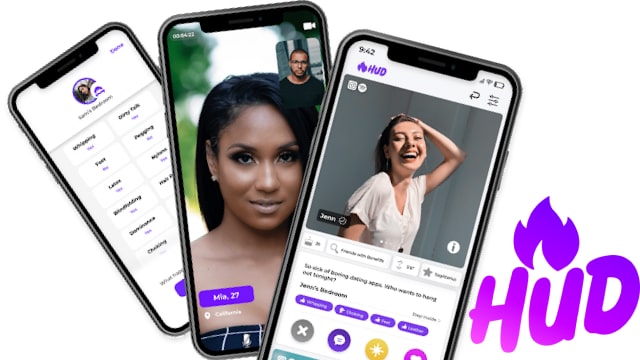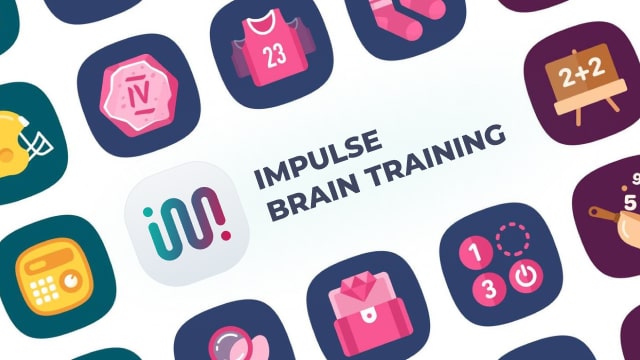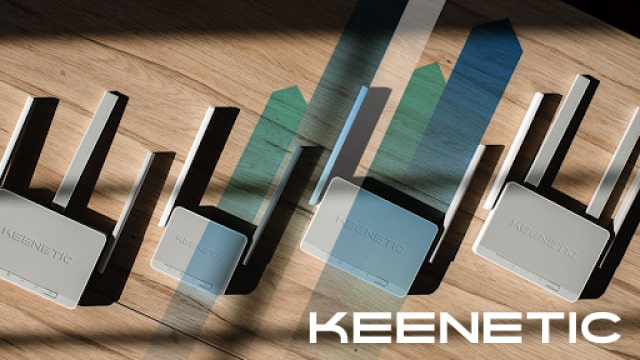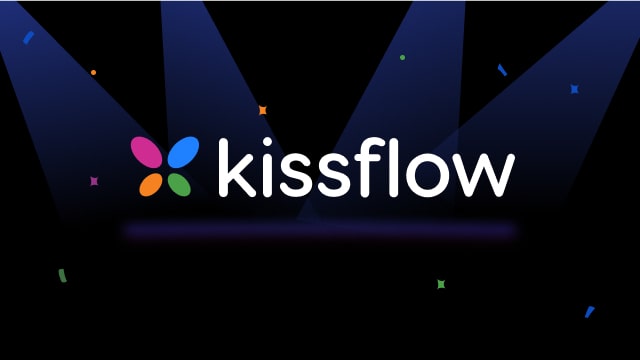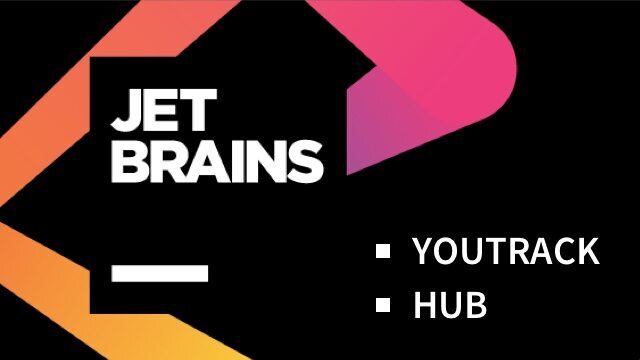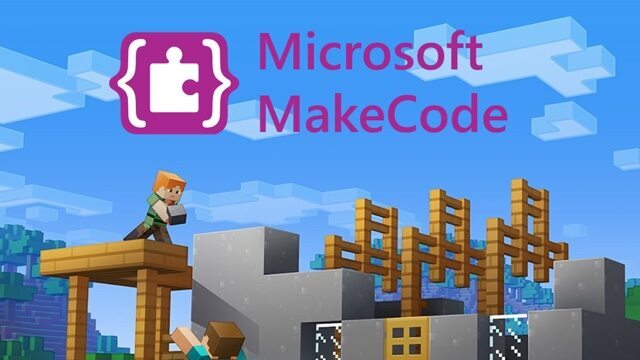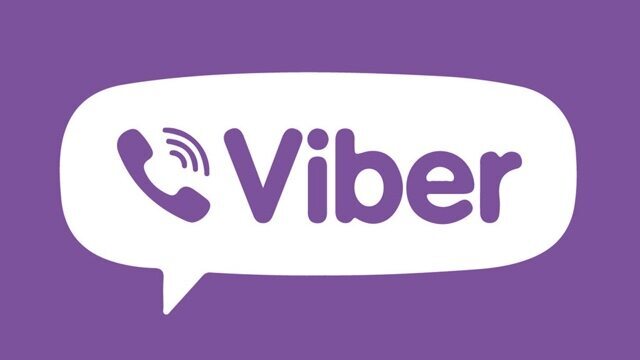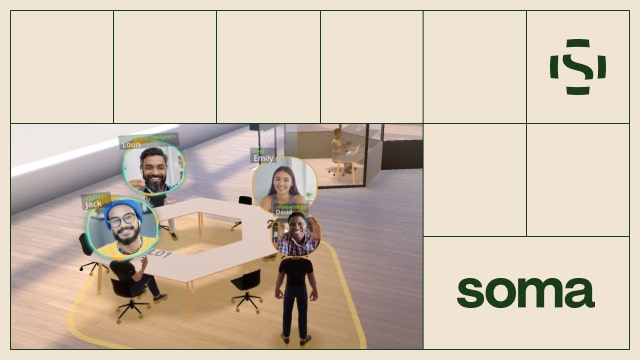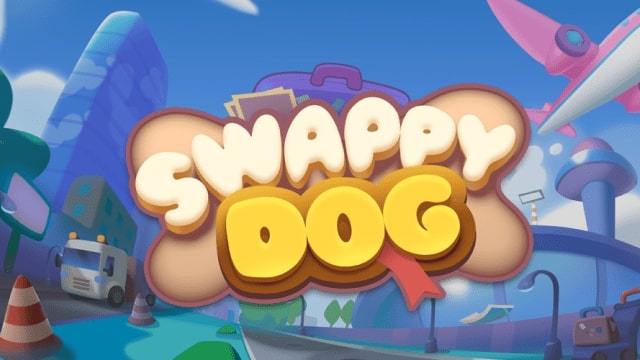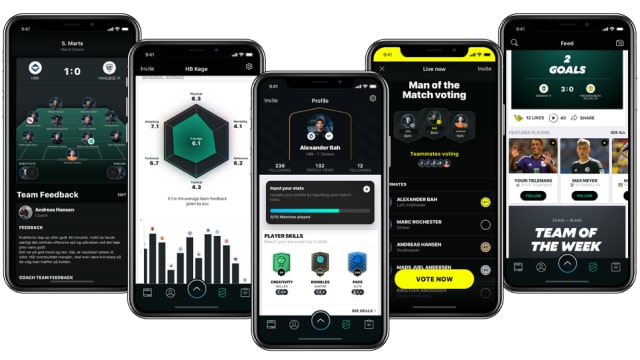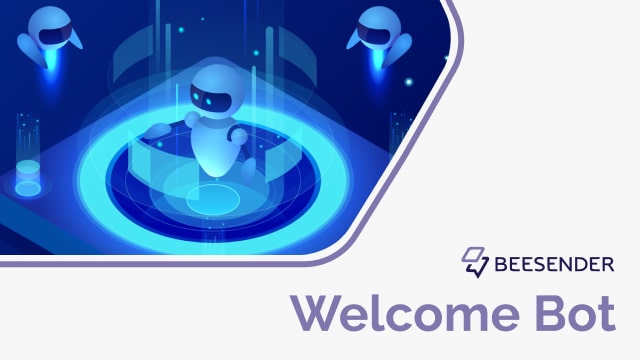Translation quality
The quality of our translation is ensured by the well-oiled internal quality assurance mechanism
- Quality checkpoints bound to the localization workflow
- Recurring quality testing for translators
- Regular client feedback analysis
- Automation and platform for quality checking
Quality is a process
We work to ensure a quality translation from the very beginning of the product localization project. The process is divided into the following steps:
Preparation for localization
At the beginning of the project, the localization manager and translators will familiarize themselves with your product. This process involves the following:
- We ask for a software build to install on our machine, or request access to the online version.
- We will ask you to fill out a Style Guide to find out, for example, details such as: is there a limit on string length; is there a principle governing how string keys are named; are there any strings and words that should not be translated, and how should the user be addressed, formally or informally?
- We determine whether you have a glossary, which is a list of terms with definitions, such as character names and the names of items in the game. If you don't have a glossary, we will help you draft a list of terms using special translation quality assurance tools and then decide which of the terms should be included.
- We will ask you to take screenshots of the software, if possible. Based on the screenshots, translators match the translated string with the real screen in which it is used.
- We create a project on an online platform and load the strings, screenshots, and glossary. Then we will invite translators to the project. We will ask them to familiarize themselves with the materials and try the software. We control project performance using a checklist.
The project manager will decide whether a user manual, glossary and screenshots are needed on a project basis.
Localization
The translators will start working once the project is prepared. Translation is carried out on the online platform. We use several platforms, but the set of quality management tools is similar for each one of them:
- The glossary highlights terms if they occur in a string.
- Screenshots are displayed next to the relevant strings to be translated. In this way, the translator can see the context.
- The translation memory tells the translator if he has previously translated the same text. This ensures a consistent translation.
- Automatic quality control (QA Check) warns of errors, such as a typo or a missing punctuation mark at the end of a sentence.
- Comments give project participants the opportunity to ask the client a question directly and specify, for example, the context or values for the variable.
Together these five tools help to ensure an accurate translation.
The "No issues" rule
The above-mentioned tools will help translators ensure that there are no mistakes. The "No issues" rule is a standard part of the terms of reference that translators receive. However, after the localization is completed, the manager will also monitor the translation quality and check whether this rule has been observed. The manager will review the results of the automatic quality checks and if there are any errors, will ask the translator to check any problematic strings again.
The "100% approved translations" rule
The translator will also approve the translation of each string. Proofreading mode on the online platforms is used for this. The translator will activate this mode and then proofread each line. If there are no errors in the string, then they will approve the string. If an error is found, then the translator will fix it before approving the translation. This rule is also a standard instruction that forms part of every translator assignment.
Together these two rules are called self-certification or self-checking.
Proofreading by an editor
In addition to translation and self-checking, you can also order proofreading to be performed by a second translator who will act as an editor. They will familiarize themselves with the product and proofread each line while following the "No issues" and "100% approved translations" rules described above.
Of course, you do not have to include editing as part of the project if you want the best price for localization. The table below will help you understand the difference between a simple translation and a translation with proofreading.
| Translation only | Translation and editing |
|---|---|
| Objective | |
| Receive a good translation on a limited budget | Receive a superior quality translation |
| Purpose | |
|
Translation of materials for end users:
|
| Translation and localization process | |
|
Included services:
|
Included services:
|
| Compliance with standards | |
| Process complies with the ISO 9001 standard | Process complies with the ISO 9001 standard. Quality complies with the EN 15038 standard |
Localization testing
After translation, verification and proofreading, we recommend testing the localization in the product itself. You can choose from two options:
- Translators will run your software and perform all actions to launch each available window with localized content. Thus, the translator will check all strings to ensure they match the source text's meaning and fit within parameters of the fields and buttons. For this the translator needs step-by-step instructions: for example, user histories or test cases. If there are no test cases, we can prepare these ourselves.
- We will ask you to take screenshots of all the windows in all languages. The translators will examine the screenshots and check the translation. Developers choose this option about half the time. To do this, they automatically take a screenshot of each screen using special tools.
Translators enter each bug into a bug tracker or Google spreadsheet. Each entry indicates the problem string, describes the error itself, and proposes a corrected version.
The cost of testing is calculated based on the number of hours spent on checking.
Rates are shown in US $ per hour of work by a professional linguistic quality assurance tester
| Language | Hourly rate |
|---|---|
| $/h | |
| Afrikaans | 63.3 |
| Albanian | 43.2 |
| Amharic | 43.3 |
| Arabic | 43.3 |
| Azerbaijani | 43.3 |
| Basque | 63.3 |
| Belarusian | 33.3 |
| Bengali | 43.3 |
| Bosnian | 43.3 |
| Bulgarian | 43.3 |
Working out errors
If there is an inaccuracy in the translation, we will correct the translation at our expense, analyze why the error occurred, and take measures to avoid repeating such errors in the future.
We use this seven-step process both for the first turnkey localization as well as for all subsequent updates.
By breaking the process down into these steps, we are able to avoid mistakes. More about the steps in process you may find here.
What Our Clients Say
We have localized over 3200 projects. Let’s make something special for you too!
FAQ
Who are your translators? How do you choose them?
Alconost's translators are native speakers who have localization experience. We have the following general requirements for our translators:
- Native speaker of the target language.
- At least two years’ experience localizing software or games.
- At least 500,000 translated words during the course of their translation career.
Each translator performs a test translation of about 500 words. The test consists of the translation of software strings and a marketing text. The software strings consist of code, variables, and tags. We also check the creativity of the translation in the test jobs for game projects. We also pay attention to how the translator performs the assignment, including the speed of communication and compliance with deadlines.
Editors check each test. They use a "Translation Quality Index" to grade tests. This is a quality assessment model that was created by LISA (Localization Industry Standards Association). The approach is based on a quantitative assessment of errors: errors are divided into categories, and each error is weighted. Then the weighted total number of errors is subtracted from 100. The passing index at Alconost is 98.
If the translator passes the test, then we request feedback from other companies that have worked with them.
How do you control the quality of the translator's work?
After the translator joins Alconost, we check the first three assignments. If there are no mistakes, then we continue our cooperation. If the quality is low, then we correct these translations and no longer work with the translator.
In addition, during the course of our cooperation we perform spot checks on the translator's work. We also collect and analyze feedback from editors who perform proofreading at the client's request. These translations are also evaluated using a "translation quality index".
In addition, every month we interview clients for whom we have delivered translations. We ask them to evaluate the quality of our services on a ten-point scale and to provide comments. These surveys help us find weaknesses.
How can I be sure of the quality of your translation in advance?
When discussing the details of your project with your manager, you can request a free translation of a small sample text. After you receive the result, you will be able to independently evaluate the quality of the work and decide whether you would like to collaborate with us. Moreover, some clients request several test translations from multiple translators who work with us so that they can select the best one for their project. This can also be arranged.
What languages do you translate into?
We translate into more than 120 languages, including the most popular (English, Chinese, Japanese, German, French, Spanish), and rarer ones, and even dialects. If you would like to calculate the cost of your project, please, request a quote.
We can find a translator in almost any language that the client needs, depending on his product and goals. Sometimes localization into niche languages can offer better prospects than localization into mainstream languages.
In case some rare language is not on the list, we can help with searching and recruiting linguists.
Case studies
We have localized over 3200 projects. Let’s make something special for you too!
Let’s talk about your project
Fill out the form to get your free quote. 24h response guaranteed • No commitment required



